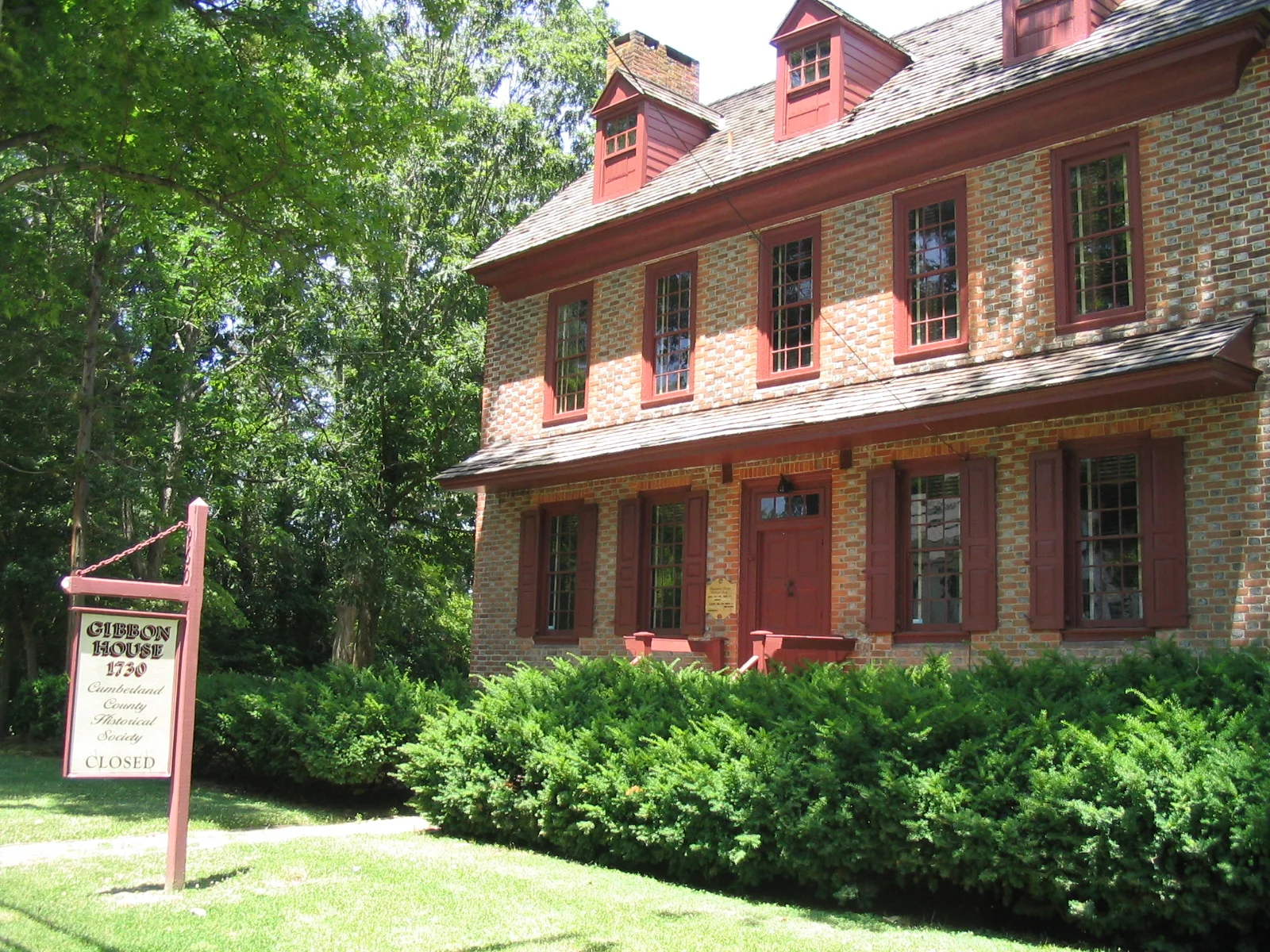Greenwich Historical Notes
Historically, the colonial story of line of Greenwich revolves around major political events of 1774: what might be dubbed “the year of Tea Tax revolt.” Triggered by the 1773 Tea Act—and the unfair tax and business advantage it gave to the East India Company over tea trade with the colonies—unrest soon led to action, culminating with the famous Boston Tea Party in December of 1773. This event spawned a series of what, in today’s parlance, might be called “copycat crimes” against the Crown, hitting Parliament where it really hurt—in the pocketbook. The burning of the merchant ship Peggy Stewart with its seventeen chests of tea in Annapolis Harbor in October, 1774, was arguably the high mark of expression of discontent.
However, it didn’t end there. Two months later, on the evening of December 22, 1774, a cargo of tea, recently off-loaded from the brigantine Greyhound, was burned by a band of patriots in the open market square of Greenwich, Cumberland County, West Jersey Province, in a final act of defiance against Parliament and the Crown in what came to be known as “the tea burning of Greenwich.”
That this event happened is an indisputable fact of history…at least, that’s how modern historians now record it.
Boston Tea Party Museum
Site of the Boston Tea Party, Dec 16, 1773
The Greenwich Tea Burning, Dec 22, 1774
Painting by Gertrude Albertson Huber
Courtesy, Lummis Library, Cumberland County (N.J.) Historical Society
Links to South Jersey History
The Stone Tavern, Greenwich, Cumberland County, NJ
Indian King Tavern, Haddonfield, NJ
Walt Whitman Family Tomb, Harleigh Cemetery, Camden, NJ
The author inside the Stone Tavern






